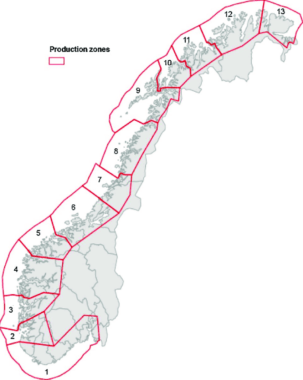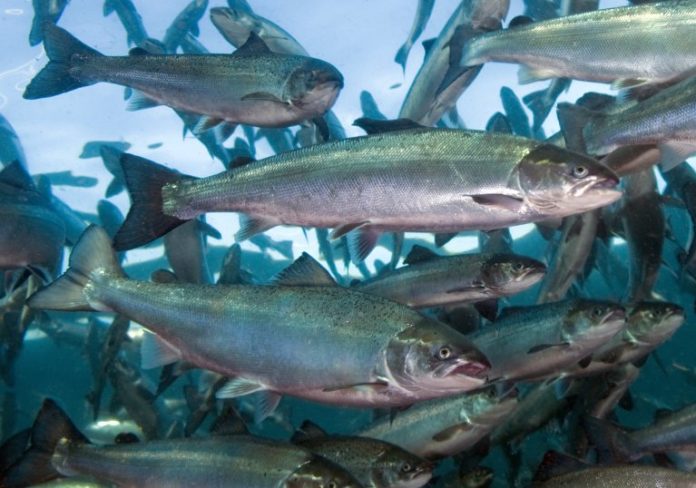New data from AquaCloud’s fish health database sheds light on the complex regional and seasonal trends affecting salmon mortality in Norway.
Infectious diseases accounted for 35% of salmon mortality in Norway from May to August, down from 46% in the first four months of 2024, according to data from AquaCloud.
Injuries contributed to 30% of deaths in this period, with unknown causes cited in 22% of cases. Winter sores were the most frequently registered infectious condition, peaking in May and tapering off by August, while heart failure due to cardiomyopathy syndrome was another consistent cause of death throughout the summer. Handling practices were identified as a primary source of injury-related mortality.

Environmental factors had minimal impact on mortality in the May-August period, contrasting with the first four months of the year, when jellyfish damage was a significant factor, particularly in the northernmost production zones (PO10-13).
Infectious diseases were most impactful in both the southernmost (PO1-4) and northernmost (PO10-13) zones, while injuries were predominant in central zones (PO5-9). In the north, physiological stress linked to maladaptation and smoltification was a notable cause of death in May and June, a trend consistent with the same period last year.
As seasonal patterns become clearer, the data underscores how shifting environmental conditions and biological challenges continue to affect Norway’s farmed salmon industry. “It is as expected that winter sores and environmental conditions linked to jellyfish are considered to be less important as causes of death in the summer months than in the first term,” said Torfinn Moldal, head of fish health at the Veterinary Institute.










